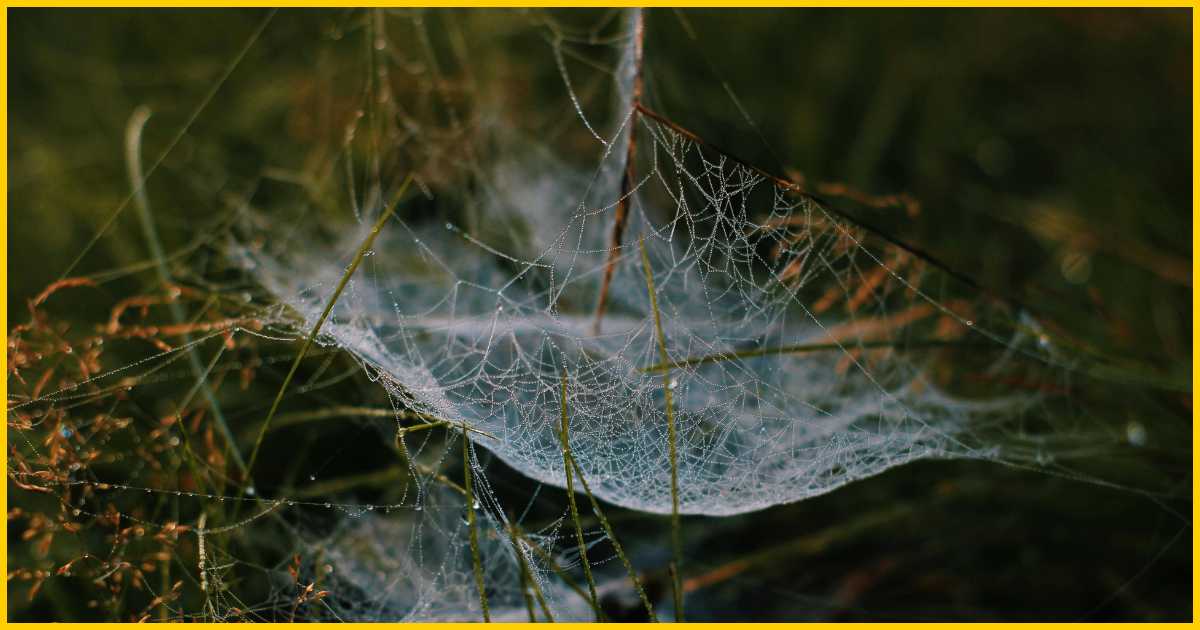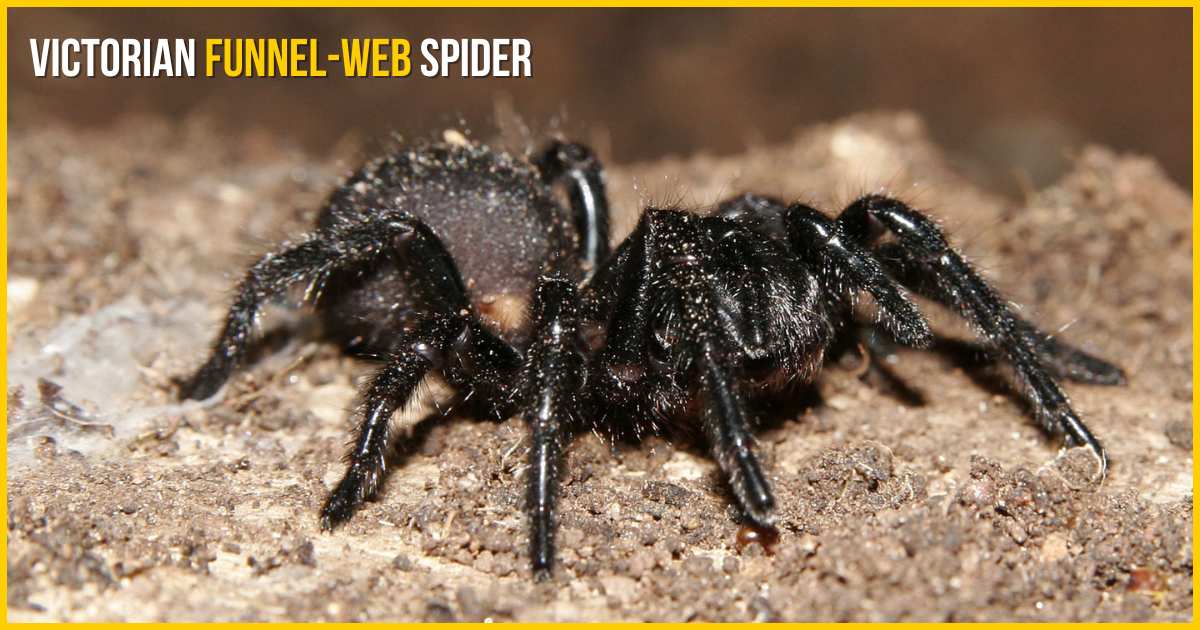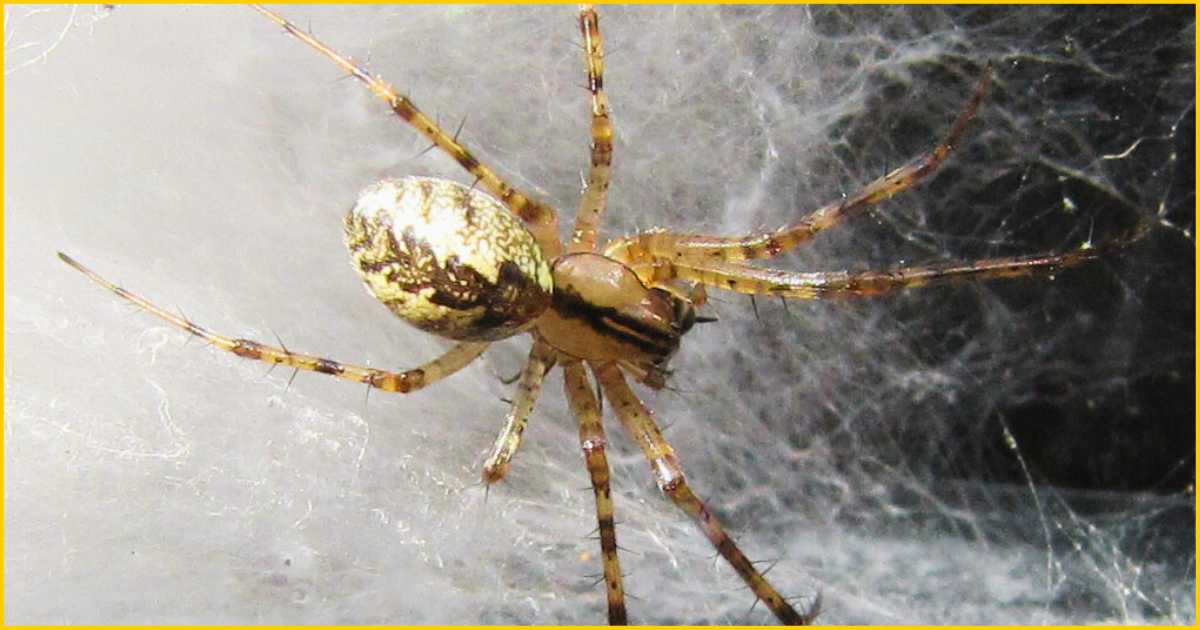If you’re considering keeping a Hammock Spider as a pet and looking for an answer:
Are Hammock Spiders Poisonous?
You can do so confidently, as they possess venom but are not dangerous to humans. But you will be amazed to know some captivating facts about the Hammock Weaver Spider, which we will also explore in this article.
These spiders aren’t aggressive towards humans and typically only attack or bite, if they sense threatened. But, if they bite, it may result in mild discomfort, redness and swelling at the spot of the bite. If bitten by a hammock spider or any spider or arachnid species and experiencing unusual symptoms, it is advised to seek medical attention for proper evaluation and treatment.
The hammock spider belongs to the genus Pityohyphantes, which is a type of sheet weaver spider, classified under the family Linyphiidae. There are sixteen species of Pityohyphantes, or hammock spiders, with 14 found in the United States and two, Pityohyphantes palilis and Pityohyphantes phrygianus, predominantly occurring in Europe. Additionally, Pityohyphantes phrygianus can also be found in certain areas of Russia, Kazakhstan, and Japan.
Table of Contents
Are Hammock Spiders Poisonous?
Now, let’s explore some of the amazing captivating facts about Hammock Spider:
Exceptional Weaving Skills

The Hammock Spider is a genus of sheet weavers that was first described by Eugène Louis Simon in 1929 and gained recognition for its exceptional weaving skills. It constructs hammock-shaped web mainly on buildings, lower branches of trees or on herbaceous plants. This hammock-shaped structure of webs allows them to capture their prey effectively and they use their venom to immobilize and digest their prey.
Skilled Hunters
With exceptional weaving skills, these spiders exhibit tremendous patience. They wait for their prey to become entangled in their well-designed hammock-shaped webs. Once their prey is ensnared, hammock spiders can detect the vibrations of their prey, ensuring a prompt capture.
Venomous Fangs
Hammock Spiders have venomous fangs which they use to immobilize their prey as well as it helps them to digest their prey.
Dietary Preferences
Hammock Web Spiders mostly feed on small insects like mosquitoes, flies, ants, moths etc that get caught in their well constructed and highly efficient hammock shaped web traps.
Fascinating Mating Rituals
This is what distinguishes hammock web spiders from other spider species. During the mating season, male hammock spiders exhibit fascinating mating rituals. They dance and perform specific movements to attract females or potential mates. Additionally, male hammock spiders produce pheromones to communicate their intent to mate and ensure successful reproduction.
The World’s Most Poisonous Spider

The funnel web is considered the world’s most poisonous or deadliest spider. The venom of funnel web spiders is deadly because it contains a type of neurotoxin called “delta-hexatoxin”.
The venom of funnel web spider contains 40 different toxic proteins which can affect the body’s nervous system and kill someone in minutes. Many researchers say “A bite from a funnel web spider to the torso means certain death.”
Conclusion
With its incredible hammock shaped web building abilities and fascinating mating rituals where they perform dance or particular movement to attract their mate, they are poisonous but their venom is not deadly for humans. There is no evidence yet of anyone being killed by a Hammock Spider bite. But yes, they can bite, if they feel threatened somehow and may result in mild discomfort, redness and swelling at the spot of the bite. If bitten by a hammock spider or any spider or arachnid species and experiencing unusual symptoms, it is advised to seek medical attention.

Great post. I was checking constantly this blog and I am impressed! Extremely useful info specially the last part 🙂 I care for such info a lot. I was seeking this certain information for a long time. Thank you and good luck.
Thank you! Keep reading 🙂
Nice post. I study one thing more difficult on completely different blogs everyday. It is going to all the time be stimulating to read content material from other writers and apply a little bit something from their store. I’d desire to use some with the content on my weblog whether you don’t mind. Natually I’ll offer you a link on your web blog. Thanks for sharing.
Heya i’m for the first time here. I found this board and I find It truly useful & it helped me out a lot. I hope to give something back and help others like you helped me.
Thank you 🙂 Keep reading